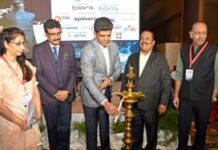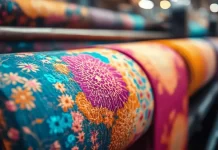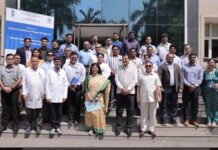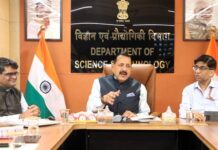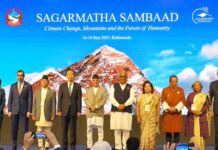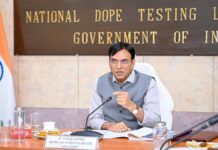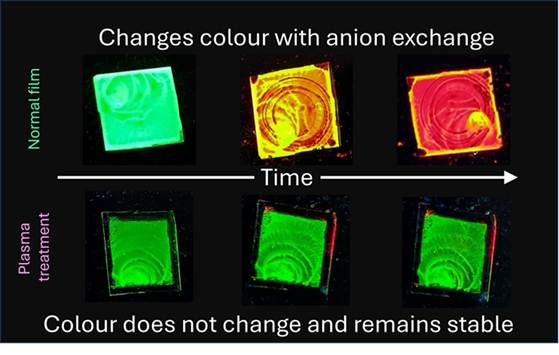FEB 22, 2025: An innovative method to minimize anion migration in perovskite nanocrystals, thereby reducing their sensitivity to heat and moisture, as well as colour instability, paving the way for efficient, durable optoelectronic devices.
Lighting consumes nearly 20% of global electricity, and advancements in lighting technology have significantly improved energy efficiency. From the incandescent and fluorescent lamps of the past to the invention of LEDs in the 1960s, lighting has come a long way.
A pivotal breakthrough occurred in 1993 when Shuji Nakamura and his team members developed high-brightness blue LEDs, enabling energy-efficient white LEDs (WLEDs), a feat recognized with the 2014 Nobel Prize in Physics. Today, LEDs lead the market in efficiency and lifespan.
Currently, emerging light related technologies like OLEDs that offer vibrant colors, QLEDs that provide precise colour control and durability and micro/mini-LEDs that deliver high brightness and stability, are shaping the future of lighting.
While thin and flexible OLEDs (Organic LEDs) are costly and have shorter lifespans, QLEDs (Quantum Dot LEDs) are toxic and their production is challenged by resource scarcity and Micro/Mini-LEDs are limited in their application due to high production costs.
Perovskite (class of compounds which have the same type of crystal structure as CaTiO3 – Calcium Titanate) LEDs (PeLEDs) combine the advantages of OLEDs and QLEDs, positioning them as an excellent choice for next-generation lighting. However, their widespread application is limited by challenges such as sensitivity to heat and moisture, as well as colour instability caused by anion migration (which occurs when halide ions — chloride, bromide, or iodide move between quantum dots in mixed layers).
To tackle this issue, researchers at the Centre for Nano and Soft Matter Sciences (CeNS) in Bengaluru, an autonomous institute under the Department of Science and Technology (DST), have developed an innovative method to minimize anion migration in CsPbX₃ perovskite nanocrystals.
The team, led by Dr. Pralay K. Santra, synthesized green light emitting cesium lead bromide (CsPbBr₃) perovskite nanocrystals using a hot injection method, where oleylamine serves as the passivating ligand. To enhance stability, they applied argon-oxygen (Ar-O₂) plasma treatment, which immobilizes the surface ligands by creating a cross-linked, hydrophobic layer. This approach effectively stabilizes the ligands and slows anion exchange, significantly improving colour stability by several orders.
This breakthrough published in the journal Nanoscale, provides valuable insights into stabilizing perovskite nanocrystals, paving the way for efficient, durable optoelectronic devices.

